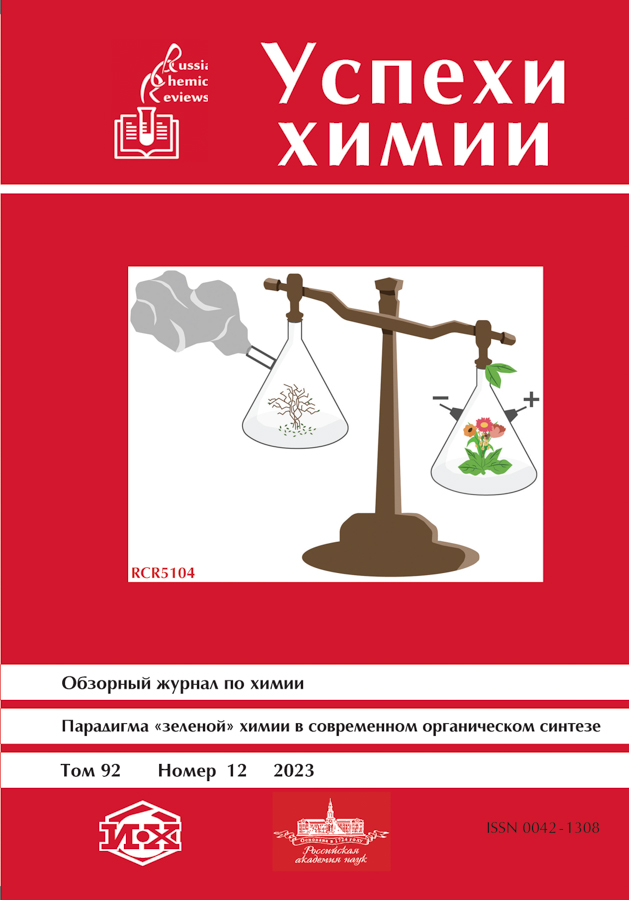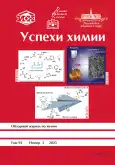The structural and chemical features of 2D nanomaterials based on crystalline metal oxides and hydroxides with nanoflake morphology, the main methods for their synthesis, and areas of application are considered. Nanocrystals with such a morphology are characterized by an exceptional anisotropy of properties in space, an extremely high proportion of atoms on the surface capable of interacting with the environment, a relatively large number of defects in the structure, and a special electronic subsystem with quantum limitations. Nanoflakes can enter into functionalization reactions with various low molecular weight reagents and form a variety of "arrays". These features are responsible for the unique physicochemical properties of metal oxide and hydroxide nanoflakes and largely determine their practical significance. When considering the issues of preparative chemistry of such nanocrystals, the main attention is paid to methods of synthesis under soft chemistry conditions using solutions of metal salts, in particular, chemical precipitation method, including the use of templates, and successive ionic layers deposition, as well as the processes of interaction on the surface of block metals and at the solution/gas interface. Particular attention is paid to the conditions for the synthesis of nanoflake arrays, i.e., a kind of "packing" of individual particles arranged in an orderly manner on the surface of the substrate and oriented with respect to it. The fields of application of nanoflakes of oxides of metal hydroxides are considered. It is shown that these objects are of significant interest for application in biomedicine, electrochemical energy, chemical sensors, photo- and electrocatalysis, as they are part of various nanomaterials with a unique set of physicochemical properties, including magnetic, electrophysical, electrochemical, optical, sorption and others. Bibliography — 317 references.
 RCR5046
RCR5046


 RCR5071
RCR5071


 RCR5072
RCR5072











